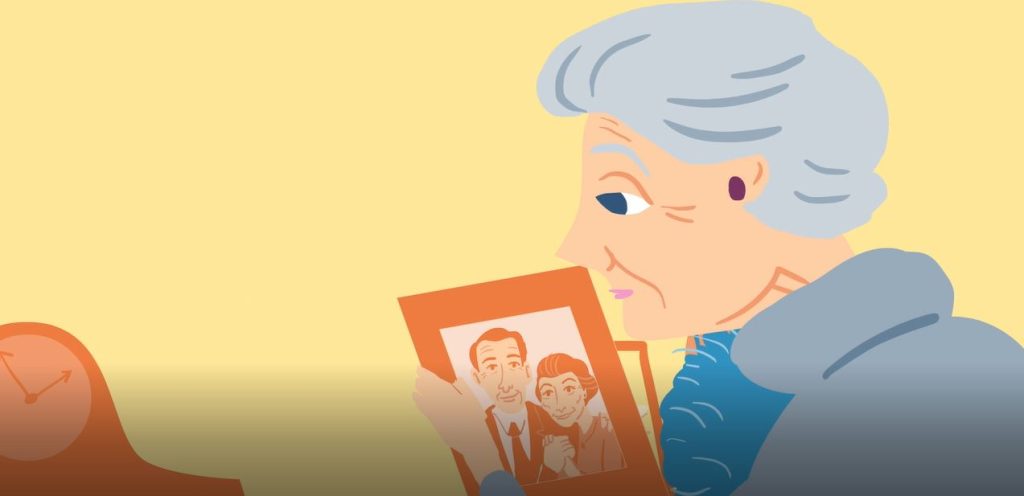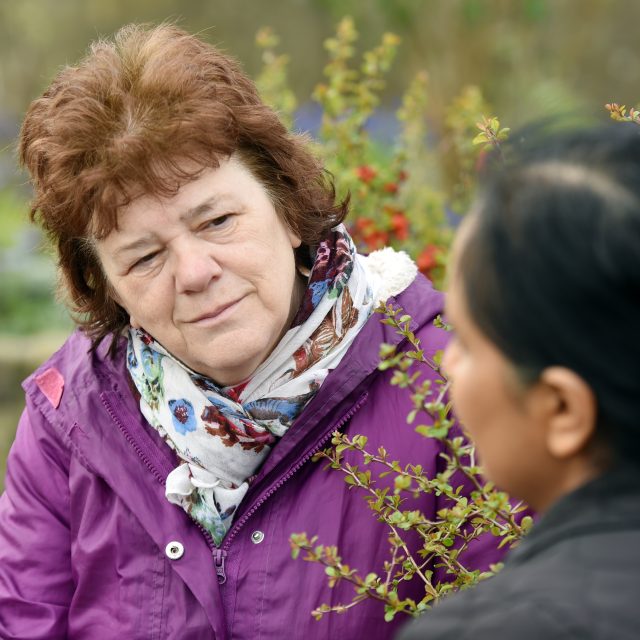One of my jobs as a Good Practice Mentor is to share the learning from Time to Shine delivery partners in Leeds with colleagues across the country who are also working to reduce loneliness and social isolation. I’m talking at an Ageing Better event which is looking at person-centred approaches. This has spurred me to reflect on a couple of things.
They asked me to talk about how important a person-centred approach is when working with younger older people, so the first thing I did was to have a look in the extensive resource section of the LOPF website. It’s full of our reports as well as Ageing Better resources and person-centred is one of the tags you can use to search.
I knew as I pulled the information together for reports that a lot of the delivery partners had found it was the most effective way to work for a lot of different people. This is hardly surprising as who amongst us would not prefer to be heard and offered the support we need in our own situation. However, having to summarise what we have learnt in seven years into a five minute presentation made me think about when it was most important to people. What it seemed to come down to was the more ‘groups’ a person belonged to, the more they needed a personalised solution. You may have heard the concept of ‘intersectionality’ spoken about? It’s the idea that someone has an overlapping of social categorisations, and that if those come with disadvantage, that disadvantage is multiplied. So you might be a carer – and all carers get one sort of help, but a retired carer will need something different to a working carer. A retired carer who can no longer drive because of poor eyesight, or a carer with no other family close by might need different sorts of support again.
I then looked at the projects that worked with younger older people (that’s those in the 50-70 age group) who you might assume really aren’t old and wonder why they would need support. In fact, one project was surprised to discover they were less resilient than members in the older age group, but maybe that’s where intersectionality come into play. It seemed that additional life factors had an effect similar to that of chronological age; so where the majority of those in their 50s are in work, might be in reasonable health and not in need of additional support, some people in this age group had complex needs relating to their circumstances.
A man in his 50s might have a family, a senior role at work, good health and a circle of friends, or he might have lost his job in an engineering works because of physical health problems, lack the skills that make finding a different job easy, face ageism in the job market, have lost his marriage or lost touch with work friends as he can no longer afford to socialise with them – or any combination of the above.
Working in a person-centred way means you can start with someone in the place they feel is most important. Some people will already have the confidence and motivation to head off to college to learn about computers, but want to join an evening supper club to make new friends. Others might want to improve their health and would love to join a sympathetic group at the gym rather than facing it alone, or might need help and signposting to tackle practical issues like housing before they can think clearly about anything else. Advertising computer classes by popping a poster in the local community centre is not going to offer these people the support they need to re-join the community.
There are some excellent animated Ageing Better videos on this approach, including this one about ‘Annie’.

If you are interested in reading about some of the ways Time to Shine delivery partners used person-centred work to improve outcomes for people who are living in social isolation you will find lots of reports on the LOPF resources page. I’ve picked a few for you to start with – you can download all of them:
- Introduction to the ‘Dance Diary’ (In Mature Dance Company)
- Changing journeys: older people and transport (Time to Shine, LOPF)
- Working with younger older people (Time to Shine, LOPF)
- MHA Community Support project: helping people get out and about (Time to Shine, LOPF)
- Reducing social isolation and loneliness for older adults with a learning disability (Time to Shine, LOPF / Bee Together)
- Carers Connections: linking people with a shared experience (Time to Shine, LOPF / Carers Leeds)
Jessica Duffy
Good Practice Mentor
